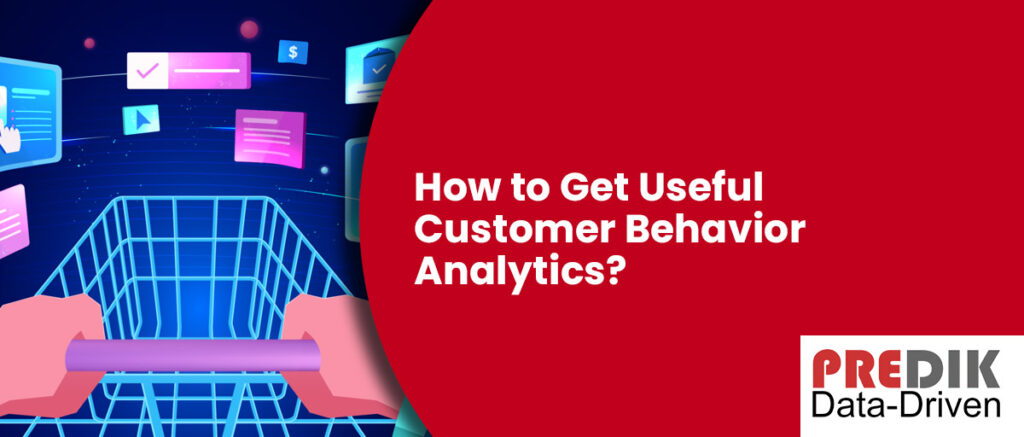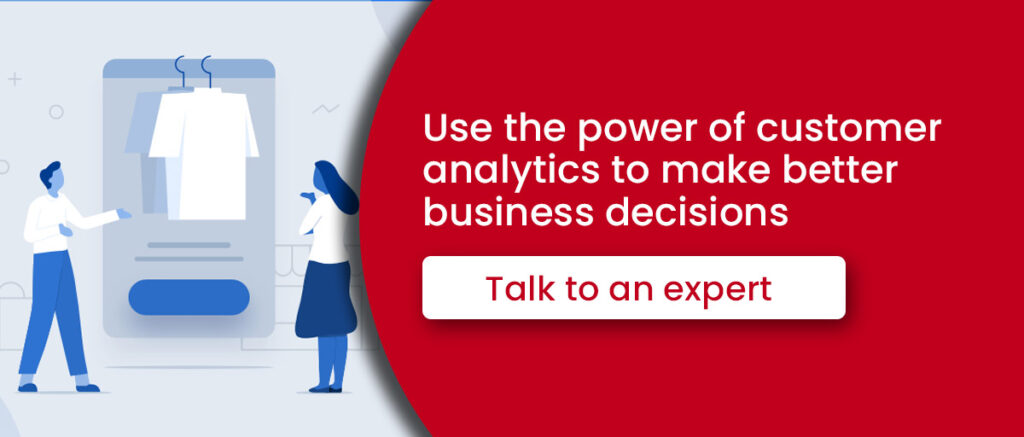As you know, in this competitive business environment, understanding every aspect of your customer behavior is critical. According to McKinsey, organizations leveraging customer behavioral insights outperform their peers by 85%. How? By understanding the needs and behaviors of customers, businesses can tailor their products, services, and marketing strategies to meet those needs effectively.
In this article we will cover the following topics:
What is customer behavior data?
Customer behavior data is a comprehensive record of customers’ interactions with a business. These interactions can happen across multiple touchpoints, including (but not limited to) physical stores, websites, mobile apps, social media platforms, and customer support channels.
66% of customers expect businesses to recognize their individual needs and expectations. However, an equal percentage (66%) express that they often feel treated as mere statistics.
Salesforce
There are different sources of customer behavior data:
Demographic Data: This includes basic information about your customer, such as age, gender, location, income, education, and occupation. Demographic data forms the basis of customer segmentation and targeting.
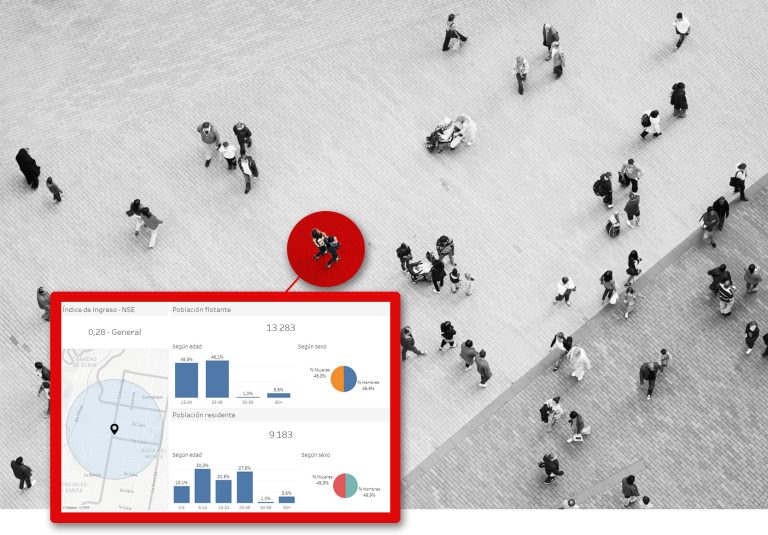
Transactional Data: These are the details related to customer transactions. Transactional data includes purchase history, transaction time, frequency, payment method used, and transaction value. This info. helps understand purchasing patterns and customer lifetime value.
Behavioral Data: Behavioral data tracks customer engagement levels when interacting with a business, both online and offline.
Online behavioral data involves web browsing data like website visits, time spent on each page, clicks, downloads, items added to a cart, abandoned carts, and more.
On the other hand, offline behavioral data capture interactions like in-store transactions, customer loyalty programs, site visits info., or data from help desks. These interactions provide tangible insights into customers’ buying behaviors and business relationships.
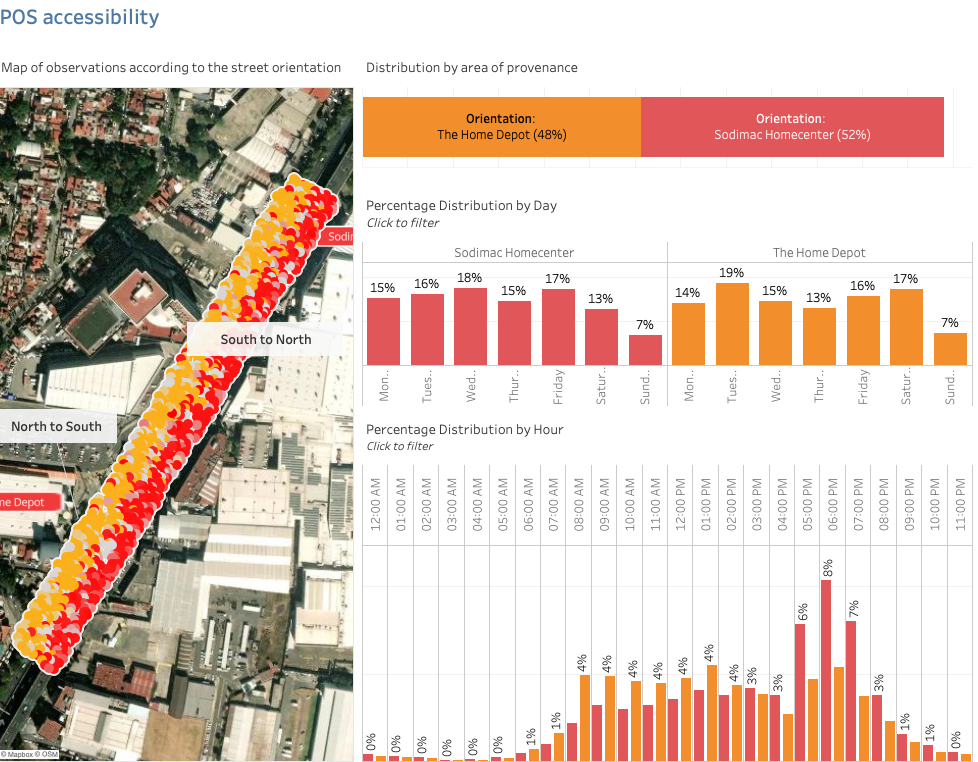
Social Media Data: This involves customer interactions on social media platforms. It could include likes, shares, comments, mentions, reviews, and even sentiment toward your brand.
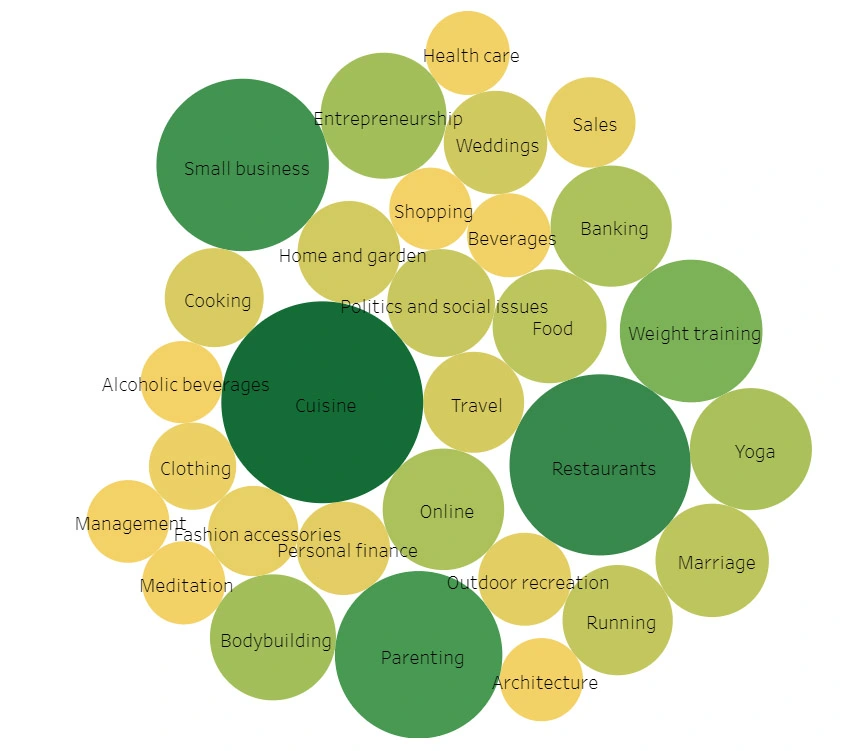
Customer Feedback: These are direct inputs from customers about their experiences, satisfaction levels, and expectations. Feedback collection involves surveys, reviews, testimonials, and more.
You may also like to read: Customer Data Analysis: How Customer Data Analysis Increases ROI
The best way to get a customer behavior analysis
Now that we’ve covered the different types of customer behavior data, let’s look at the best way to analyze this data effectively.
Online Behavior Analysis Software Tools
Online software tools play a vital role in customer behavior analysis. They can automate online data collection and provide real-time analysis. Some common examples include Google Analytics and HubSpot.
You may also like to read: How to measure customer engagement with Big Data?
Big Data and AI: Revolutionizing Customer Behavior Analysis
With the exponential data growth, traditional analytics tools are often insufficient. This is where Big Data and AI come into play.
Big data analytics ease the processing and analysis of large data volumes. Also, AI (artificial intelligence) can go beyond simple data analysis and detect patterns you might overlook.
Big Data and Artificial Intelligence (AI) have enhanced customer behavior analysis. One of the transformative aspects of this technology duo is their ability to handle and analyze insights from all kinds of data (Including non-traditional).
Big Data refers to the vast volumes of data that humans can not process using traditional methods due to their size, speed, and variety. With Machine learning and Deep learning, AI can process, analyze, and interpret this huge amounts of data efficiently and effectively.
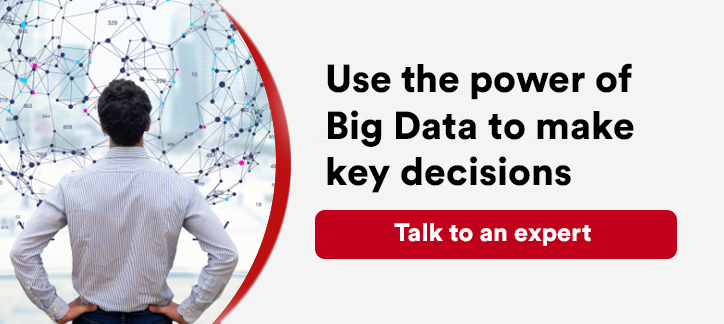
But here’s the real game-changer: Using alternative data. This data derives from non-traditional sources providing additional insights into customer behavior. Examples include satellite images, sensor data from IoT devices, geolocation data, weather data, web scraping data, and more.
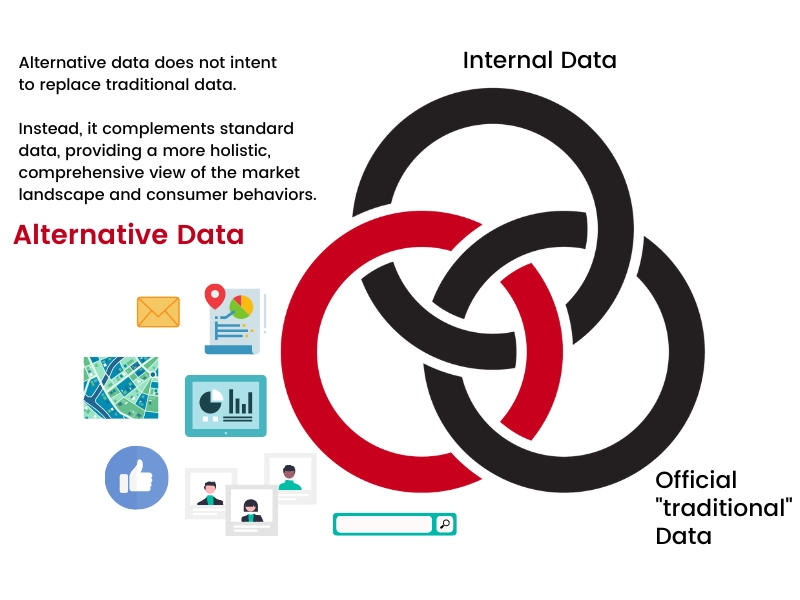
Consider a retail business that wants to understand footfall patterns in its physical stores. Traditional data sources like sales transactions can provide some insights. Still, alternative data sources like geolocation data and satellite imagery can offer a more granular view.
Alt data can show when customers typically arrive, how long they stay, and even where they go within the store. Combining these insights with sales data allows businesses to optimize store layouts, product placements, and promotional activities to enhance the shopping experience and increase sales.
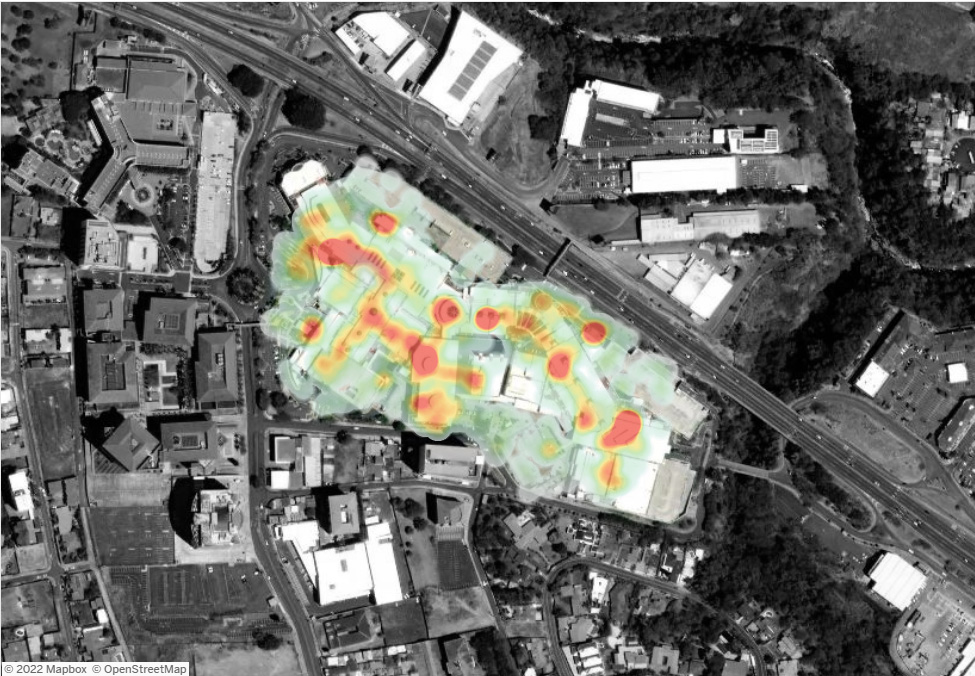
Furthermore, AI’s ability to process unstructured data – like text, images, and voice – expands customer behavior analysis possibilities. For instance, image recognition algorithms can analyze pictures shared on social media to detect brand logos in posts.
Understanding the Role of Machine Learning in Customer Behavior Analysis
Machine Learning (ML) is becoming an increasingly crucial tool in customer behavior analysis. ML is a subset of artificial intelligence that teaches computers to learn from and make data-based decisions. But how does it apply to customer behavior analysis, and what is its connection to predictive analytics?
First, it’s essential to understand that customer behavior data can be massive, complex, and highly dynamic. Manually processing, analyzing, and deriving meaningful insights from such a vast pool of information is practically impossible. This is where Machine Learning comes in.
Machine Learning algorithms can analyze large datasets quickly and accurately. They can identify hidden patterns, trends, and correlations that a human might overlook. For instance, an ML algorithm might reveal that certain customers who buy Product “A” are likely to buy Product “B”.
These insights enable businesses to understand better their customers’ needs, preferences, and buying habits. For example, a store can recommend Product “B” to all customers who bought Product “A” in certain cities.
You may also like to read: The Best Way to Do Market Research for a New Product Development
Bringing Predictive Analytics to the Table
Now, let’s bring predictive analytics into the mix. It uses statistical techniques and Machine Learning models to estimate future outcomes based on historical data. Predictive analytics can forecast future user behaviors in the context of customer behavior analysis.
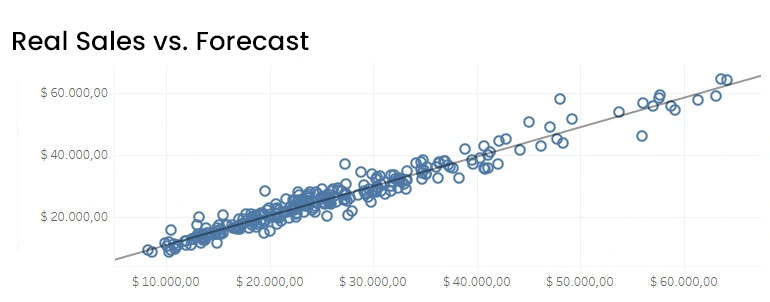
Learn more: What is Predictive Analytics? Understanding the Basics and Beyond (With Examples)
Suppose a Machine Learning model has trained on a year’s worth of customer behavior data. Based on the patterns and trends it has learned, the ML model can predict how customers are likely to behave in the future with a certain degree of accuracy.
For example, it might predict which customers will likely churn in the next quarter or the demand volume for a particular product in the upcoming holiday season. These predictions can inform a multitude of business decisions.
How to Conduct an Effective Customer Behavior Analysis?
Executing a successful customer behavior analysis involves a systematic approach. Here’s a step-by-step guide:
Step 1: Define your Goals and Objectives
Goals examples can involve improving customer satisfaction, increasing sales, or expanding market share. Clear objectives provide direction for your analysis.
Step 2: Identify and Segment your Customer Base
Customer segmentation groups customers based on common characteristics such as demographics, behavior, or geographic location.
Step 3: Collect and Analyze Customer Behavior Data
After identifying your customer segments, it’s time to gather and analyze relevant data. This might include internal, external, and non-traditional data.
Step 4: Implement Changes and Monitor Results
Based on the insights obtained, implement strategy changes. Then, monitor these changes closely to understand their impact and adjust your approach as necessary.
Overcoming Common Challenges in Customer Behavior Analytics
Like any sophisticated process, customer behavior analytics comes with its challenges. However, you can get the most out of your users’ info with the right data partner and a proactive approach.
Dealing with Large Volumes of Data
As we have explained, managing and analyzing massive datasets can be daunting. Here, tools like Hadoop, Spark, and Tableau can help handle large volumes of data.
At PREDIK Data-Driven we can help you get the most value of your data. Learn how other companies are using data analytics and Big Data to transform their brands.
Ensuring Data Privacy and Security
Data privacy is a critical concern today. Companies should adhere to GDPR and other relevant data protection regulations, ensuring the data is collected, stored, and processed securely.
“48% of consumers have stopped purchasing from companies because of privacy worries.”
Tableau
Making Sense of Unstructured Data
Unstructured data, such as social media comments or customer reviews, can be challenging to analyze. AI-powered tools can assist in parsing this information and extracting meaningful insights.
In conclusion
In conclusion, understanding customer behavior through data analytics is not just beneficial but crucial in today’s hyper-connected, data-driven world. Companies that leverage the power of customer behavior analytics, armed with tools like big data, AI, and machine learning, can tap into high-value insights, giving them an edge in a competitive market.
By recognizing and harnessing different types of customer behavior data, your businesses can deliver more personalized experiences and meet the evolving expectations of their customer base.

